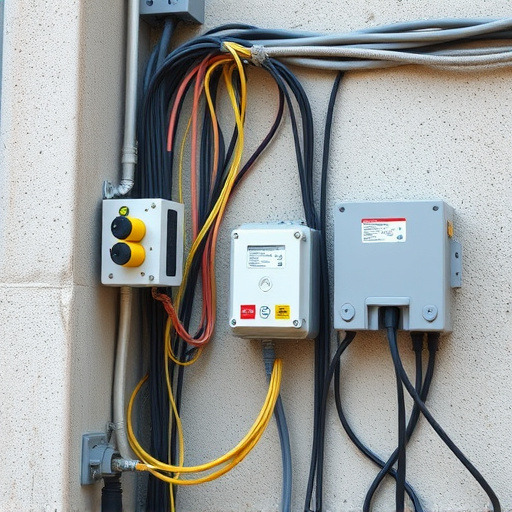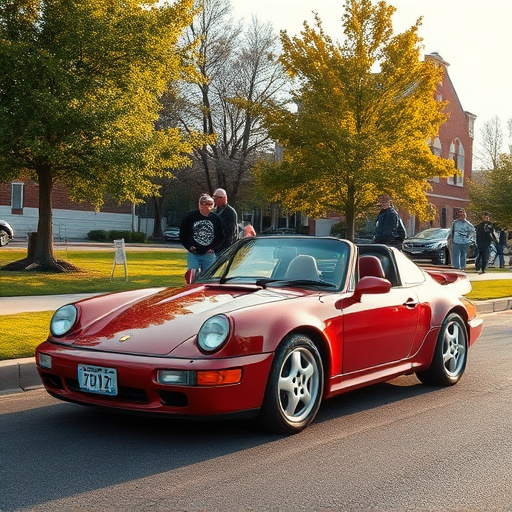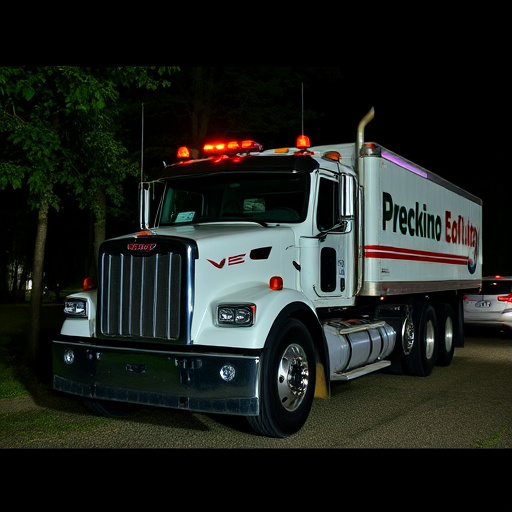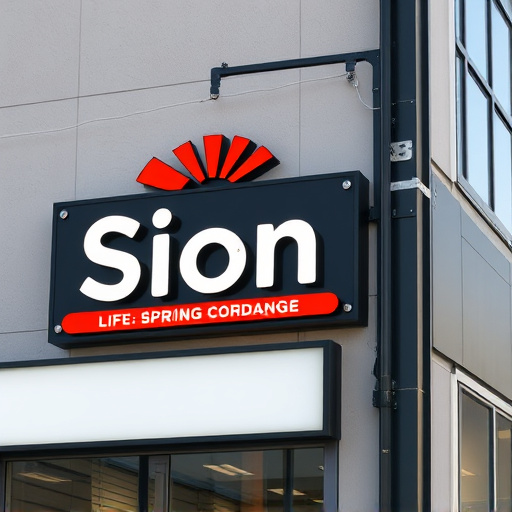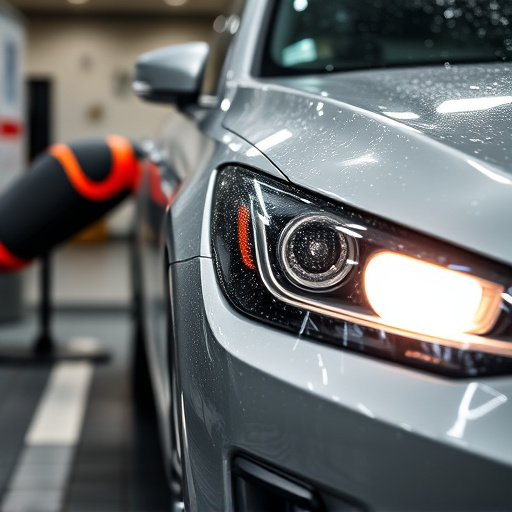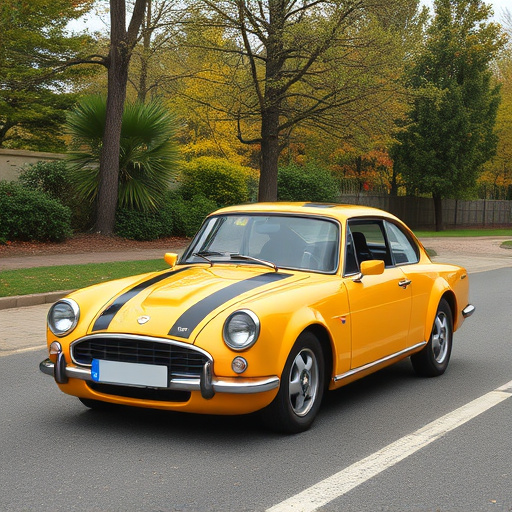Understanding decal types for vehicle installations is key. Vinyl and custom wraps offer durability and branding, heat films protect from UV, and paint correction ensures adhesion. Peel-and-stick decals provide clean lines and ease of use on smooth surfaces. For professional results, clean surfaces, carefully position, and smooth bubbles. Choose protective coatings for durability and easy removal, following manufacturer instructions throughout.
Looking to transform your vehicle with sleek, clean decals? Navigating the world of vehicle decal installation can be daunting. This guide cuts through the clutter, offering insights into understanding different decal types for easy application. We spotlight peel-and-stick decals as the go-to option for achieving clean lines and precise placement. Plus, we share essential tips to ensure seamless installation and removal, leaving your vehicle looking like new.
- Understanding Different Decal Types for Easy Installation
- Choosing Peel-and-Stick Over Adhesive for Clean Lines
- Tips for Seamless Vehicle Decal Application and Removal
Understanding Different Decal Types for Easy Installation

When it comes to vehicle decal installation, understanding different decal types is key to achieving a clean and professional look. There are various options available in the market, each with unique characteristics that impact ease of application and overall aesthetics.
For instance, vinyl decals are popular choices due to their flexibility and durability. These decals adhere well to smooth surfaces and can be easily transferred with proper application techniques. They are suitable for both personal and commercial use, offering a range of designs from simple text to complex graphics. On the other hand, custom vehicle wraps provide a more comprehensive and protective layer, often used for branding or marketing purposes. Wraps encompass the entire vehicle surface, including curves and contours, requiring skilled installation for seamless results. Additionally, heat rejection films are applied to windows for UV protection and reduced interior heating, offering both functional and aesthetic benefits without extensive installation processes. Paint correction services also play a role in decal application by ensuring the underlying paint surface is free from scratches or imperfections, resulting in superior adhesion and longevity of the decals.
Choosing Peel-and-Stick Over Adhesive for Clean Lines

When it comes to vehicle decal installation, choosing the right type of decal can make all the difference in achieving clean lines and a professional finish. One option that stands out for its ease of use is peel-and-stick (or adhesive) decals. These are preferred over traditional adhesives as they offer greater control during application, ensuring precise positioning. Peel-and-sticks work best on smooth surfaces like car windows or exterior bodies, providing a strong bond without the mess and complexity of liquid adhesives.
This type of decal is ideal for those seeking a quick, hassle-free installation process. Premium automotive services often recommend peel-and-stick options due to their versatility, especially when it comes to window tinting or paint correction applications. Their ease of use means even DIY enthusiasts can achieve clean lines and a flawless look without the need for specialized tools or skills.
Tips for Seamless Vehicle Decal Application and Removal
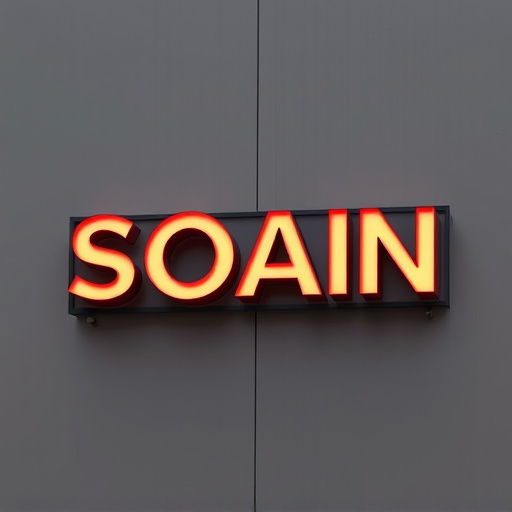
When it comes to vehicle decal application and removal, a few strategic tips can ensure a seamless process. First, clean the surface thoroughly before applying any decals; this removes dust and debris that can interfere with adhesion. Use a dedicated car wash or a soft cloth and a suitable cleaner for optimal results. Once the surface is dry, lay out the decal carefully, ensuring it aligns perfectly with your desired position. Start from one corner, smoothing out bubbles or wrinkles as you go, and use a credit card or a smooth tool to ensure complete contact with the surface.
For easy removal later, consider decals with protective coatings, including UV protection and scratch resistance. These coatings not only enhance the decal’s durability but also make it easier to peel away without damaging the vehicle’s paintwork. Always follow the manufacturer’s instructions for both application and removal, as this can vary depending on the type of decal and surface. Regularly inspect the decal during installation to catch any misalignments or issues early, making future adjustments a breeze.
When it comes to achieving clean lines during vehicle decal installation, peel-and-stick decals top the list due to their user-friendly nature. By understanding different decal types and implementing simple tips for application, you can ensure a hassle-free and professional finish. Opting for peel-and-stick over traditional adhesive methods is a game-changer, making vehicle decal installation accessible to both pros and DIY enthusiasts.
